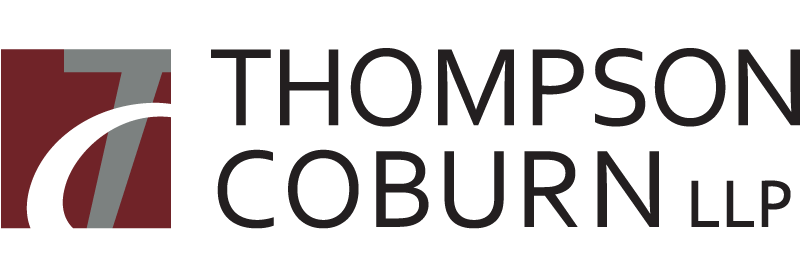The California’s Fourth Appellate District has concluded that “reverse veil piercing” is possible to add a limited liability company to a judgment against the 99 percent owner of that LLC, in a decision that distinguishes itself from the 2008 appellate decision, Postal Instant Press, Inc. v. Kaswa Corp.
In Curci Investments, LLC v. Baldwin, James P. Baldwin borrowed $5.5 million from Curci’s predecessor pursuant to a promissory note. When the Curci note came due, Baldwin had not made any payments, and Curci therefore filed a lawsuit against him. After a payment plan fell through, Curci eventually obtained a judgment against Baldwin in the approximate amount of $7.2 million, including interest, attorneys’ fees, and costs.
Curci was unable to recover any part of the multi-million-dollar judgment against Baldwin. Consequently, Curci tried an enforcement procedure allowed in California – adding, by simple motion, one of Baldwin’s investment companies, JPBI Investments, LLC. JPBI, a Delaware LLC, had as its exclusive purpose to hold and invest Baldwin and his wife’s cash balances. Baldwin owned 99 percent of JPBI, and his wife owned the other 1 percent. Baldwin was the manager and the CEO of JPBI and, in these roles, Baldwin determined when, if at all, JPBI made monetary distributions to its members, i.e., Baldwin and his wife. Indeed, Baldwin caused JPBI to make distributions of approximately $178 million to himself and his wife between 2006 and 2012.
Curci argued that JPBI should be added as a judgment debtor because JPBI was Baldwin’s alter ego: “Baldwin was using JPBI to avoid paying the judgment and that an unjust result would occur unless JPBI’s assets could be used to satisfy Baldwin’s personal debt.” In effect, Curci was arguing that the court should get to JPBI’s assets through “reverse piercing of the corporate veil.”
The more typical version of this doctrine, “piercing the corporate veil,” occurs when a judgment is entered against a corporation or LLC and a court then finds that individuals are the alter egos of that entity. Because they are alter egos of that corporation or LLC, the Court pierce through that entity and allows the judgment creditor to recover the individuals’ assets. Claimant → Corporation/LLC → Shareholder/Member. In reverse veil piercing, it’s the opposite; reverse veil piercing seeks to satisfy the debt of an individual through the assets of an entity of which the individual is an insider. Claimant → Shareholder/Member → Corporation/LLC.
The concepts are the same, in that the claimant must prove that there is such a unity of interest and ownership between the corporation or LLC on the one hand and its equitable owner on the other hand, such that the separate personalities of the corporation/LLC and its shareholder/member do not in reality exist. Second, there must be an inequitable result if the acts in question are treated as those of the corporation or LLC alone.
In Postal Instant Press, another California appellate court previously held that a third party creditor may not pierce the corporate veil to reach corporate assets to satisfy a shareholder’s personal liability. In Curci, the court of appeal distinguished Postal Instant Press, because Curci involved an LLC while Postal Instant Press involved a corporation. Further, there was no potential for harm to other owners of JPBI because Baldwin owned 99 percent and his wife owned the other 1 percent.
With Baldwin’s possession of near complete interest in JPBI, and his roles as CEO and managing member, Baldwin effectively has complete control over what JPBI does and does not do, including whether it makes any disbursements to its members (he & his wife). Since the time judgment was entered in Curci’s favor, Baldwin has used that power to extend the payback date on loans made to ultimately benefit his grandchildren (loans on which not a single cent has been repaid), and to cease making distributions to JPBI’s himself and his wife, despite having made $178 million in such distributions in the six years leading up to the judgment.
The appellate court held that “[f]or all these reasons,” reverse veil piercing may be available against JPBI. The court would not give an opinion on whether it should be, instead, sending the case back to the trial court to undertake the fact-driven analysis. Explaining that there is no “litmus test,” the appellate court held that “the key is whether the ends of justice require disregarding the separate nature of JPBI under the circumstances.”
The moral of the story? Be careful so that an appellate court won’t stretch the law “for the ends of justice."
Jeff Brown is a partner in the firm's litigation department with a practice that focuses on real estate. You can reach him at (310) 282-9418 or jbrown@thompsoncoburn.com.




